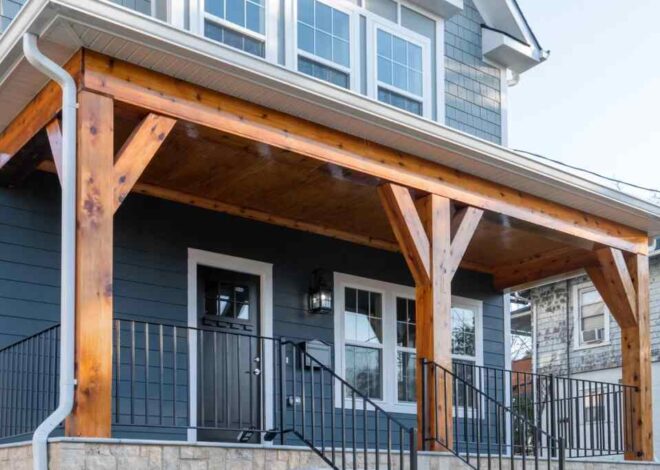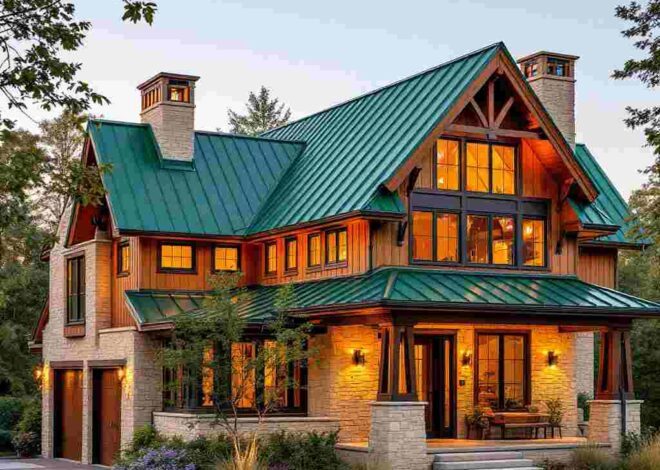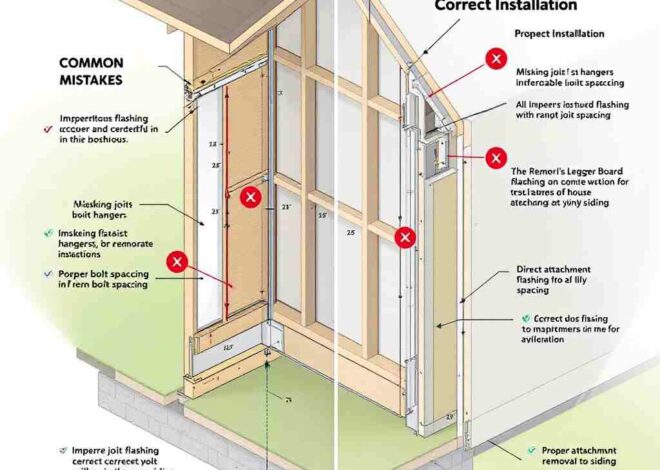
Is house wrap safe to use on my roof?
In the world of roofing projects, [house wrap] knows that there are many questions that arise, and one of the questions at the heart of many is: can I use house wrap on a roof?. Such question is especially pertinent, as roofing—one of the most vital components of a property—shield the homes, which are indeed susceptible to opportunistic environmental elements. House wrap is the protective covering applied to the outside walls of a building to improve energy efficiency and resist water damage. We’ll explore the answer to this question here in this post so read on to learn more about if this material is a safe and practical solution you can use on your roofs as a roofing underlayment.
What is House Wrap?

Definition and Purpose
House wrap is a standard synthetic material used in construction to protect the insides of a building from moisture and air penetration. It is often used as a secondary weather barrier installed under siding, helping to increase the overall thermal performance of the assembly.
Benefits of House Wrap
The number one wrap benefits are it ensure, air and moisture do not enter the walls which can be critical in maintaining overall structural integrity of a building but also in leading to a more energy efficient building. All these benefits help keep a comfortable indoor environment and reduce heating and cooling costs.
Common Misconceptions
As beneficial as it is, there are misconceptions about house wrap’s capabilities. For example, it’s not a cure-all for leaks around water; instead, it is intended to control moisture and limit air leaks. So to use it effectively, we need to understand when to use it and when not to use it.
When Should House Wrap Be Used?

House Wrap Vs. Roofing Underlayment: The Differences
House wrap and roofing underlayments serve different functions—and that is the distinction that’s most important of all. The difference between roofing underlay and a house wrap is that the roofing underlay is manufactured specifically to be water resistant and serves as another barrier underneath the roof shingles or the roof tiles, whilst house wrap is designed to be breathable and act as an air barrier.
IEEE Standards for Roofing Underlayment
The International Residential Code (IRC) has very specific standards regarding roofing underlayment, addressing the important use of materials that can withstand the exposure to the elements to which roofs are subjected. These measures are designed to ensure the safety, effectiveness, and durability of roofing materials.
You may also read (blue roof design for modern houses)
Safety Concerns
House Wrap & Roof Safety Risks– House wrap used on a roof can cause the house to not manage moisture properly or can even create holes in the building systems envelope. Also, this unorthodox house wrap application could negate warranties from the house wrap manufacturer or the roofing material manufacturer.
Case Studies and Examples
Real-Life Scenarios
There are numerous reports of house wrap being used as roofing underlayment. This has, in some cases, resulted in improved moisture management, or in others combination with moisture accumulation and damage to the roof structure.
Expert Opinions
House wrap is not typically recommended for roofing, and roofing professionals advise that materials designed for this purpose should be used instead. Their wisdom underscores the need for industry standardization and adherence to manufacturer recommendations for preserving roofing integrity and safety.
House Wrap for Roofing: Are There Any Alternatives?

Synthetic Roofing Paper
Synthetic roofing papers can be the most versatile alternative to house wrap on your roof. These materials have extremely water resistance coating and offers very high durability and environmental protection.
Asphalt-Saturated Felt
Asphalt-saturated felt has been used for decades as a roofing underlayment. Although it is water-resistant, it doesn’t match newer synthetic products for durability and tear resistance.
Conclusion
Summary of Key Points
Judging by the discussion, although house wrap has very good benefits for wall applications, using it as a roofing underlayment is not a good idea.
You may also read (essential roof ventilation benefits)


